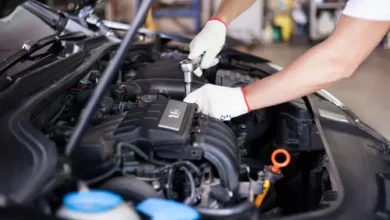The Electric Evolution: The Latest Trends in Electric Vehicle Technology
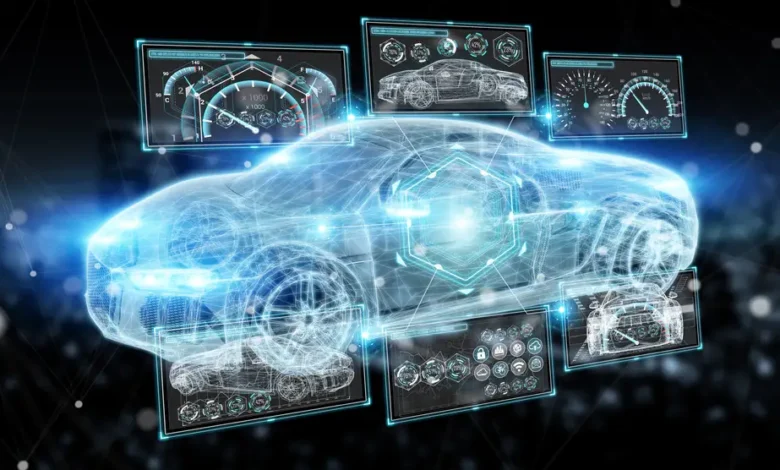
Electric vehicles are becoming more popular. Studies show that the number sold is increasing by approximately 30% every year. It’s not surprising, that electric cars are better for the environment.As range and charging issues are resolved, this type of vehicle will become increasingly popular. However, it’s more than just the practical or planet-saving option. Electric vehicles are exciting because they are still being developed. The technology is continually improving. Let’s explore the latest trends in electric vehicle technology and see what’s shaping the future of this innovative industry.
Battery Technology
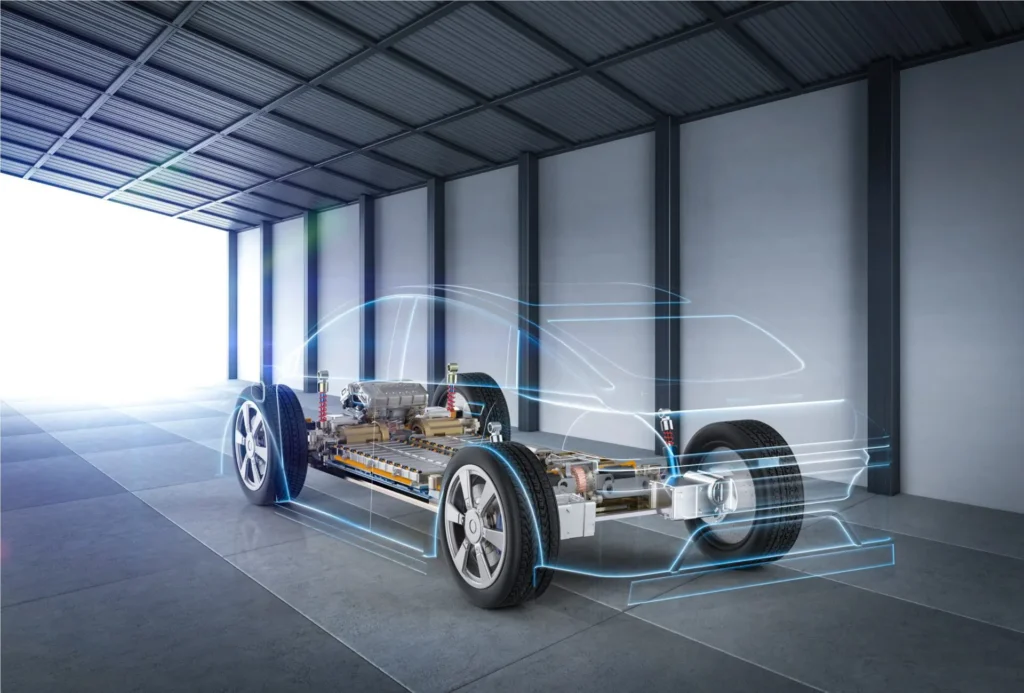
One of the biggest issues facing electric vehicle buyers is battery life. In most cases, the manufacturer offers a warranty against the battery for eight years. That means you’re protected. However, it also means selling your used electric car can be hard. The closer it gets to the end of the battery life, the quicker the vehicle loses its value. The simple truth is that replacing the battery is expensive and is one of the reasons people are hesitant to purchase used electric vehicles.
It’s the Japanese that are pushing forward with solid-state battery technology. The principle is simple, a vehicle with a solid-state battery can travel twice as far as one with a liquid lithium-ion battery. The technology isn’t ready for the road yet. However, Nissan and Toyota are both expecting to launch vehicles with solid-state batteries in 2027/2028.
Vehicle-To-Grid
This technology has already been used in emergency situations. In effect, an electric car can be plugged in and, thanks to additional technology on the vehicle, the house can draw electricity from the vehicle instead of charging it. This makes it the perfect option for power outages or even when you’re off the grid. The car can then be recharged at your convenience. This technology is already viable and being incorporated into an increasing number of vehicles.
Decreased Charging Times
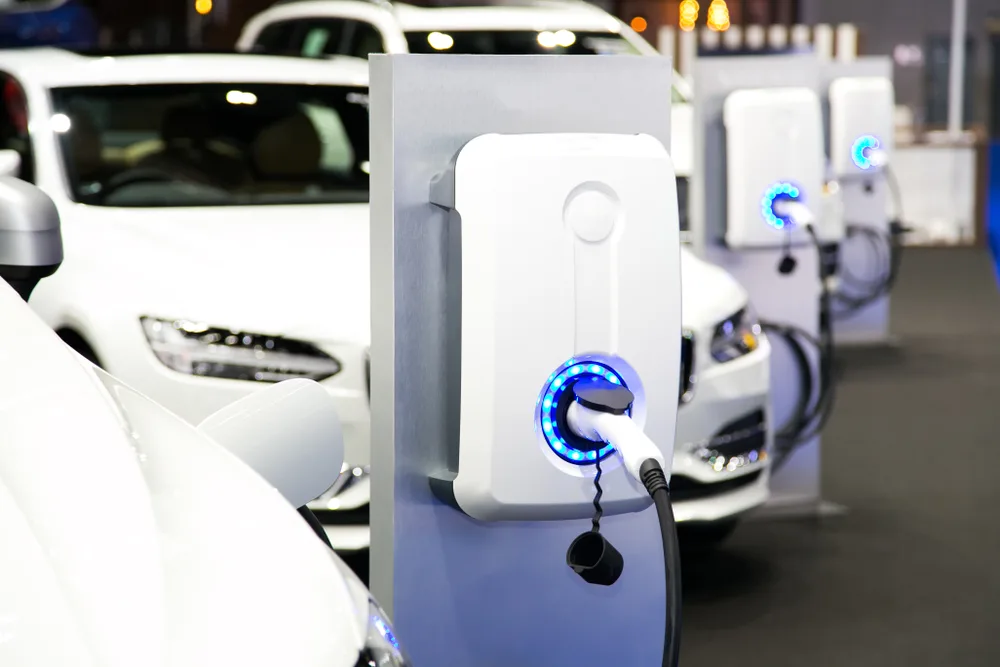
The range of your vehicle is almost irrelevant if you’re having to wait hours to recharge. That’s why research teams have been looking at silicon batteries. In the first instance, silicon is in plentiful supply. That’s going to make it easier for manufacturers to get and cheaper to build a vehicle. Anything that drives prices down is a bonus.
However, the real benefit is that silicon batteries recharge significantly faster than lithium-ion batteries. Currently, many consumer electronics use batteries with between 1-5% silicon. The aim is to increase this to 30% or more, boosting the density of the batteries and dramatically reducing recharging time. In fact, an electric vehicle with silicon-based batteries could recharge in as little as 15 minutes to 90% charge, which gives a 400-kilometre range and is significantly faster than the 75-minute Tesla superchargers currently take. It’s expected that electric vehicle manufacturers will start increasing the silicon levels in batteries imminently.
Driver Assistance
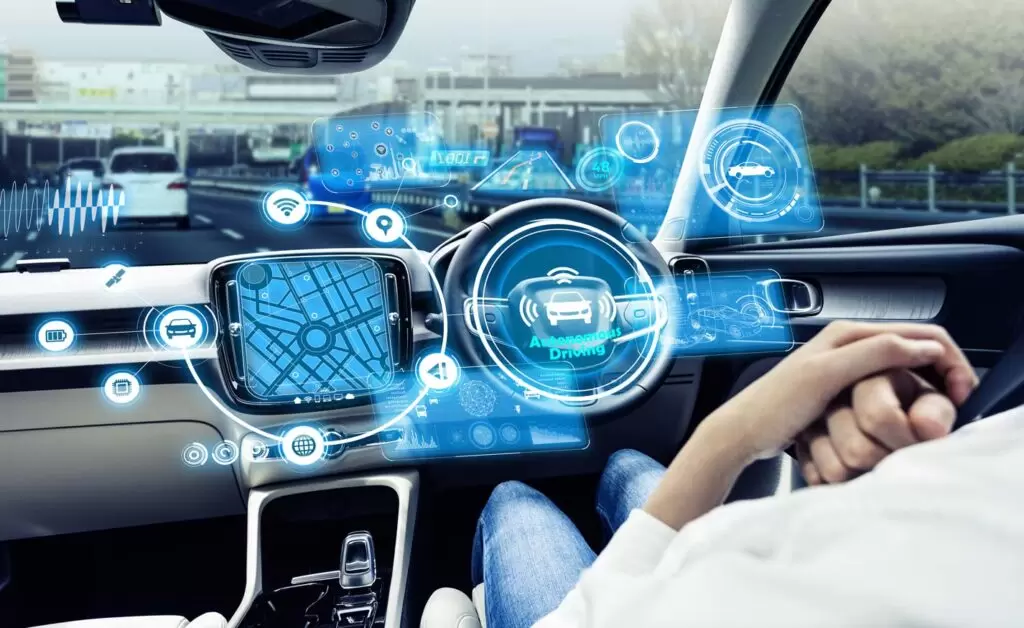
It’s not surprising that the improvement in electric vehicle technology is spilling across into autonomous drivers. At present, vehicles are offering an increasing range of advanced driver-assistance options. In time, this is likely to lead to fully autonomous vehicles being the norm. At present, this involves an array of sensors being fitted to the vehicle, feeding information back to the central computer. This allows it to monitor the situation around the vehicle. For instance, how far away other vehicles or obstacles are. The computer can provide alerts when you drift from your lane, make sure you’re centered in your lane, and even provide navigation and traffic warnings through incorporated GPS.
This technology will continue to grow, making driving a vehicle more like playing a video game and ultimately, providing a completely autonomous driving experience. While this has already been incorporated into a variety of traditional, vehicles, the electric car is the logical place to take this a stage further.
Regenerative Braking
This technology is prevalent in electric vehicles. It’s best described as an energy recovery system, allowing the recovery of the energy used to slow a vehicle and putting that energy back into the onboard batteries. Equally, the energy can be used immediately when needed. The technology requires an electric motor which acts like a generator, powered by the heat and motion of braking. While this technology exists, it is being constantly refined and improved, It will be exciting to see how much power this can produce.
Wireless Charging
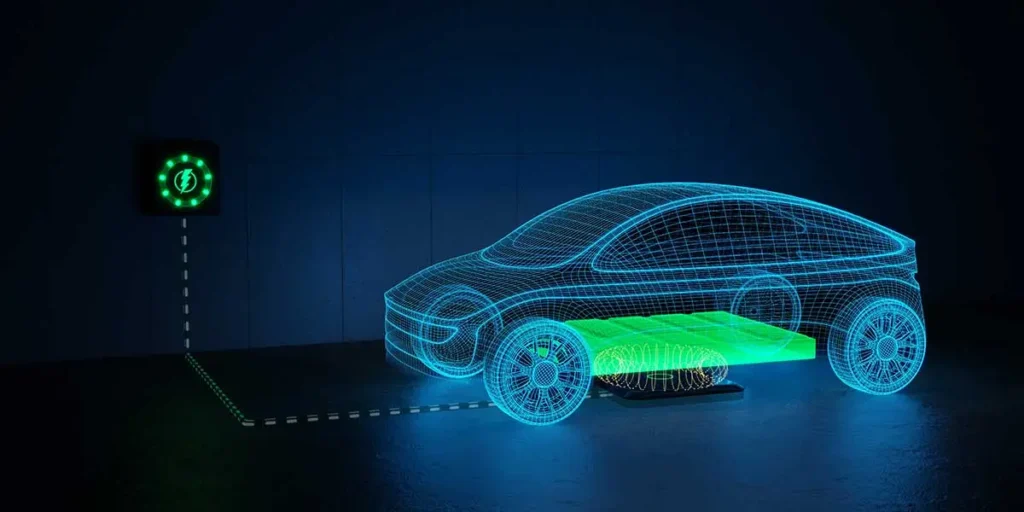
For many people, charging at home can be difficult, especially without a driveway, as it’s challenging to charge when parked on the street. However, recent trends in electric vehicle technology show that automobile manufacturers are addressing this issue. They’ve adopted a similar approach to wireless phone chargers, creating an innovative solution. Essentially, a mat connected to the mains power supply is placed on the ground. It can be installed underground, hidden in trunking, or in any other way that suits your space, making it more aesthetically pleasing. All you have to do is park your car over the mat, enter the charging code, and the charging process begins automatically.
Summing Up
Electric vehicles appear to be here to stay. The ongoing dedication to enhancing EVs and advancing the technology behind them makes these vehicles an increasingly appealing choice. Moreover, the innovations driving trends in electric vehicle technology have potential applications across various industries, promising to make our lives easier and more sustainable.




